
Following are 5 brilliant quotes by John Wheeler:
John Wheeler and Richard Feynman
Wheeler joined Princeton University as a professor of physics in 1938, remaining until 1976. Wheeler supervised 46 PhD students at Princeton, more than any other professor. His most notable student was Richard Feynman.
Over the course of time, Wheeler and Feynman developed a friendship and mutual admiration. Feynman referred to Wheeler as his "spiritual father," and they maintained a lifelong connection, even after Feynman moved to Caltech.
Death and legacy
On April 13, 2008, Wheeler died of pneumonia at the age of 96. He is remembered as one of the greatest American physicists of the 20th century. After his death, the University of Texas named the John Wheeler Lecture Hall in his honor.










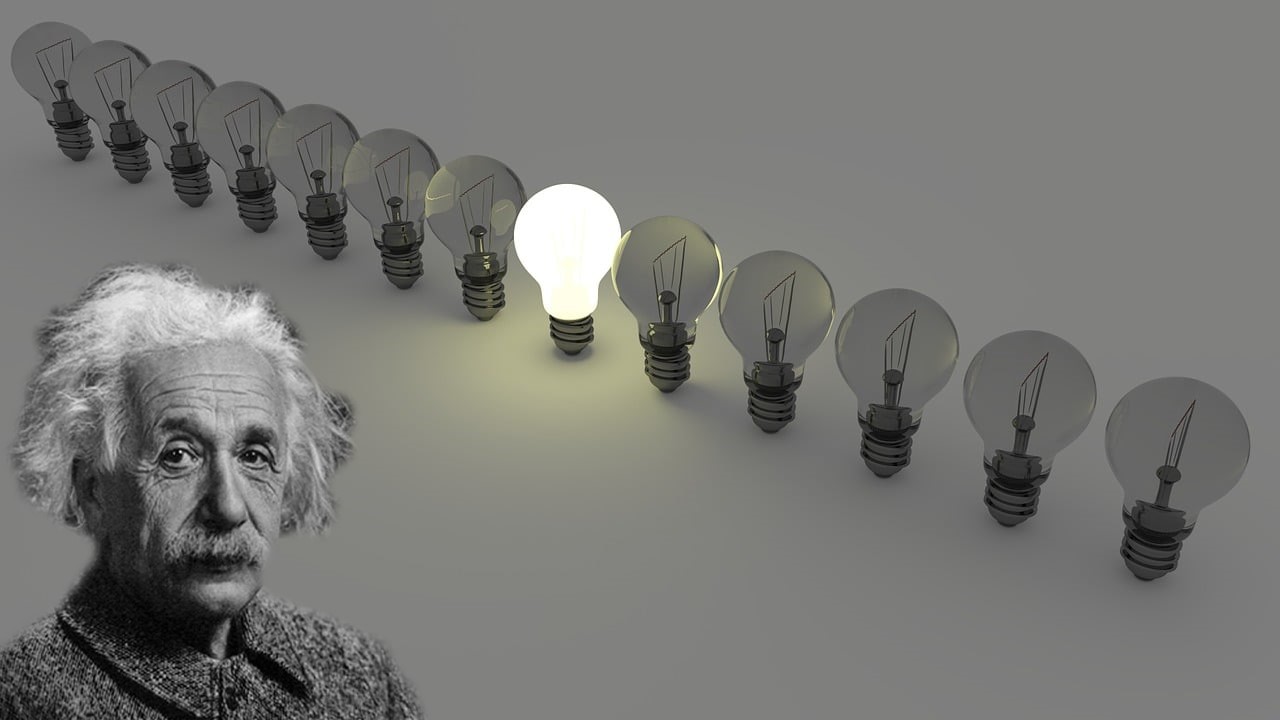

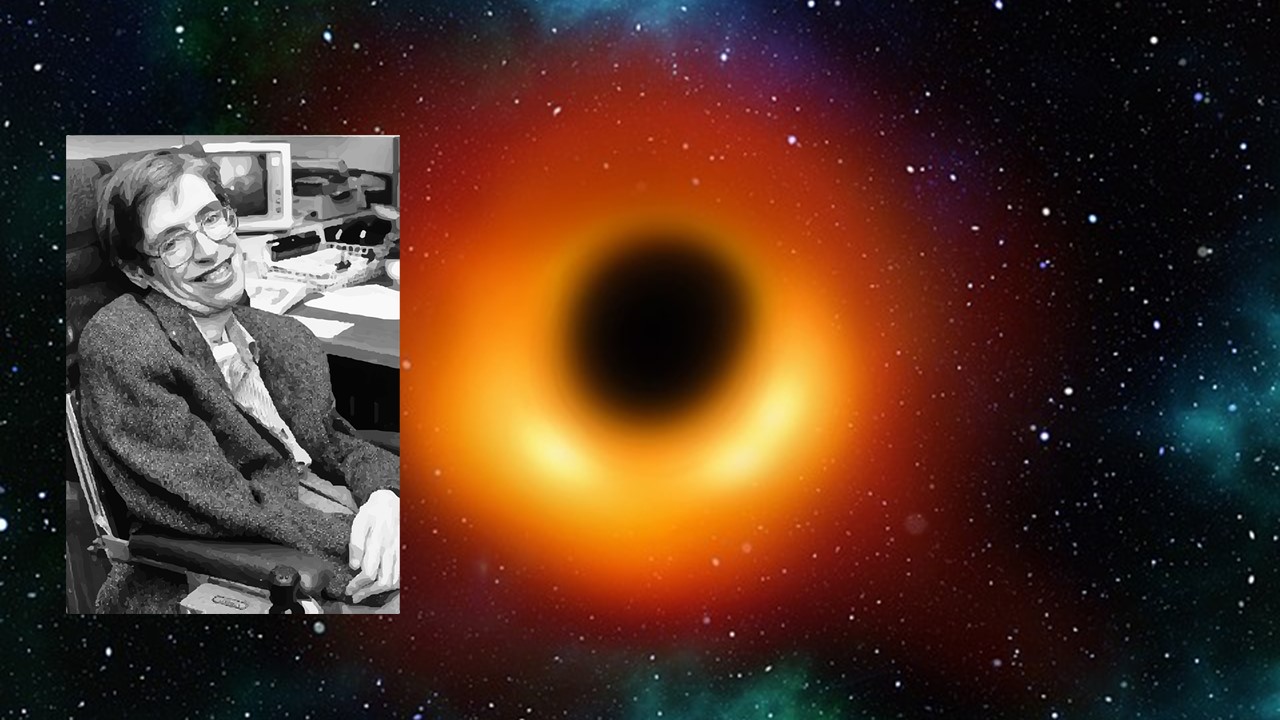
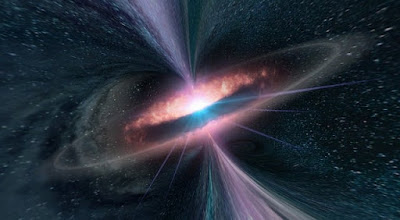

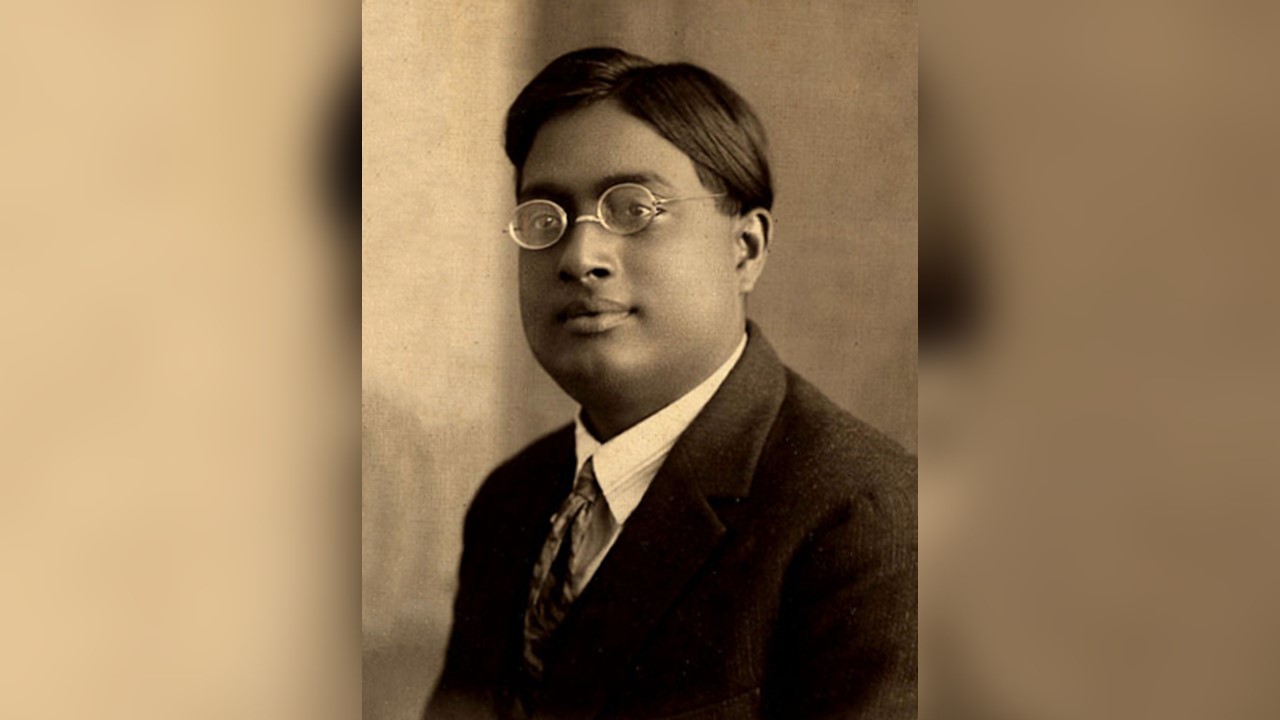

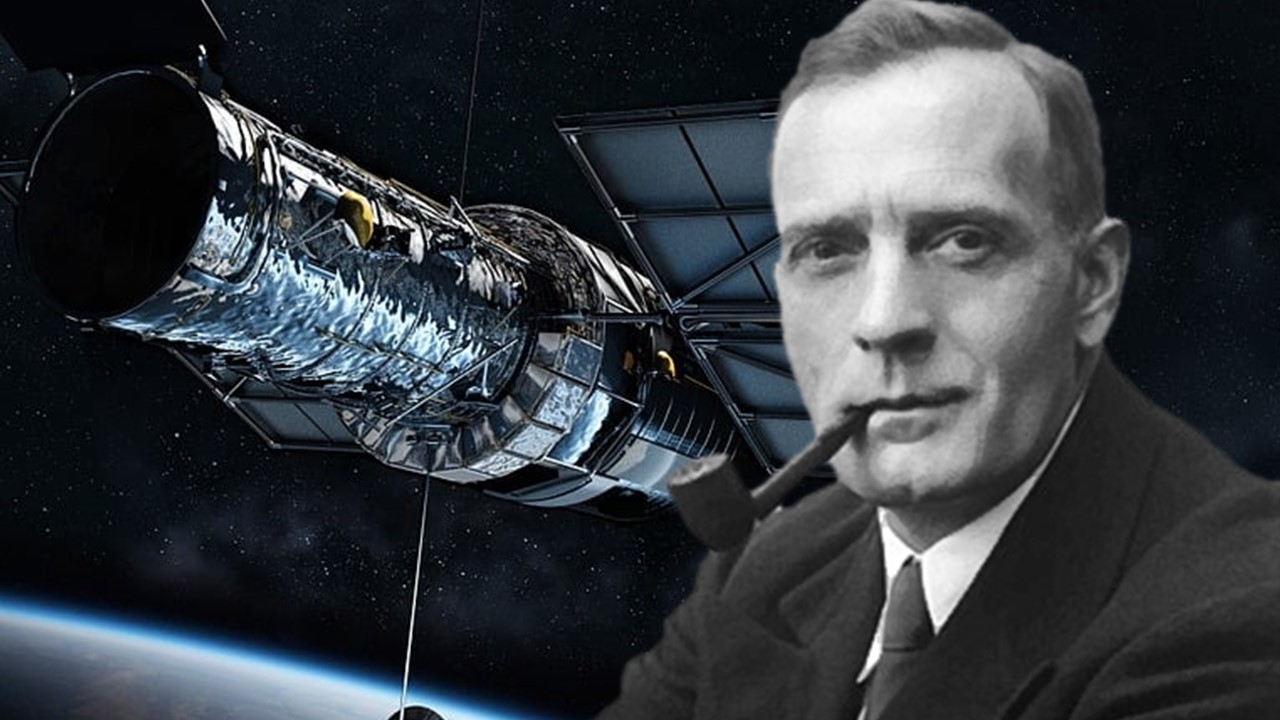






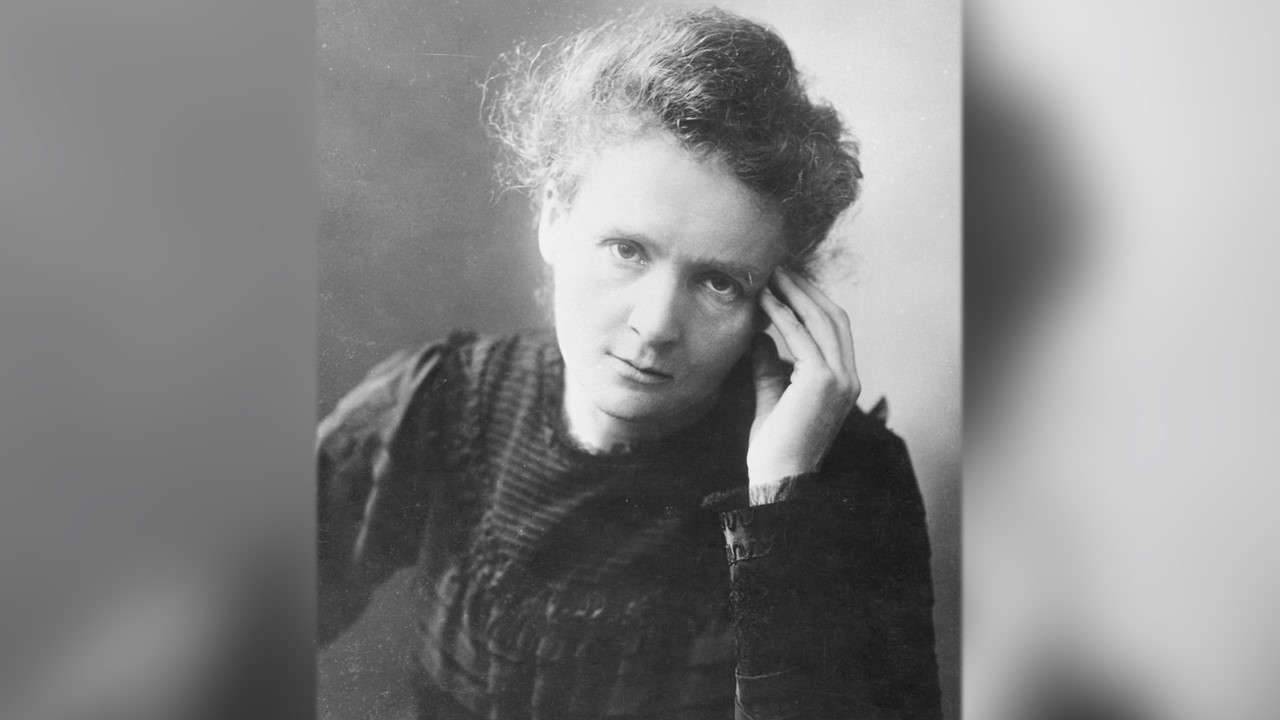


 Physics, astronomy and science history blog for students
Physics, astronomy and science history blog for students